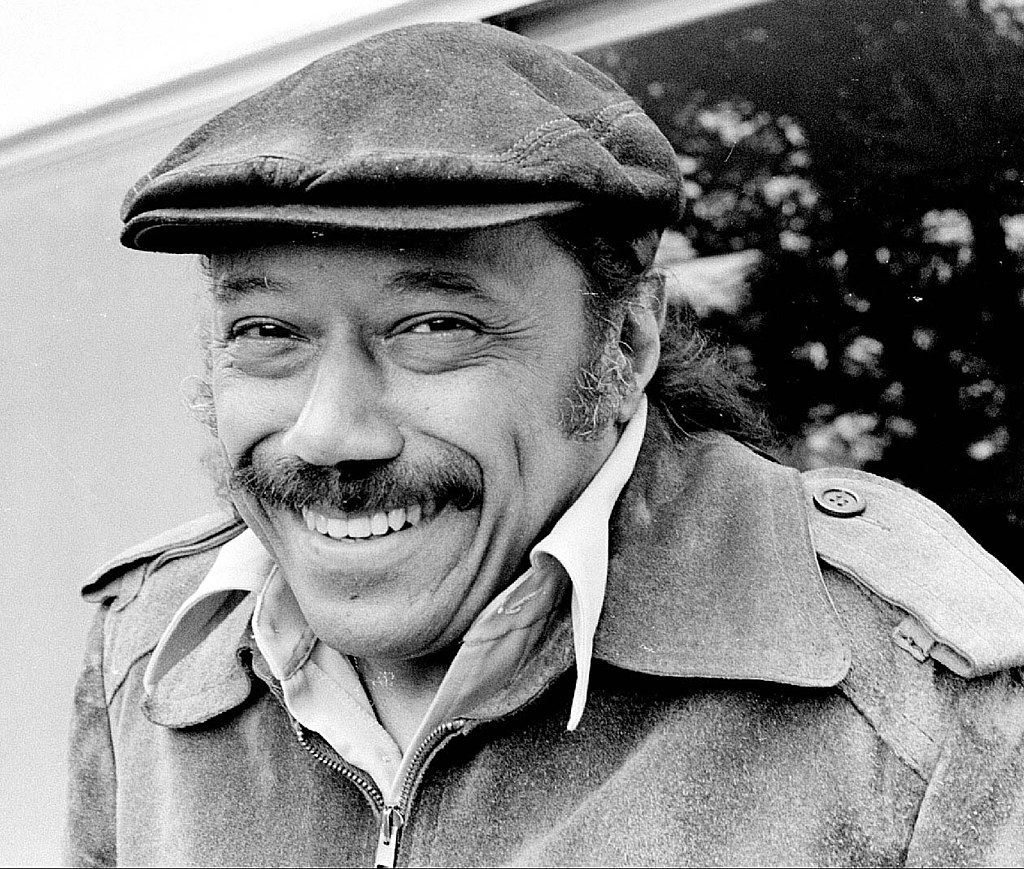For all the lack of audience and shaky economic prospects, your average jazz musician is someone who works very hard to master their instrument and knows music theory inside out. Even if it doesn't permeate all of it, there is, within jazz, an honourable tradition of art for art's sake, of the fight against oneself and the infinite choices offered by music and sound. In more detail, the profile of a jazz musician as a young person today would be someone who got started early in music, has gone through “classical” studies of some sort, is a versatile virtuoso with their instrument, and will have to go through New York City at some point of their lives as some sort of validation.
Just like Eric Dolphy.
 |
| Eric Dolphy by Naiel Ibarrola |
Dolphy, together with Ornette Coleman and John Coltrane (he worked with both), was the most influential “reedman” to come up in the early 1960s. Be it on flute or, especially, on alto sax and bass clarinet, he established a way of playing that still sounds contemporary. By what can be heard today, I suspect that Dolphy has at least a comparable following among musicians, even though Coleman and Coltrane are more visible figures in the canon. But posterity is fickle.

